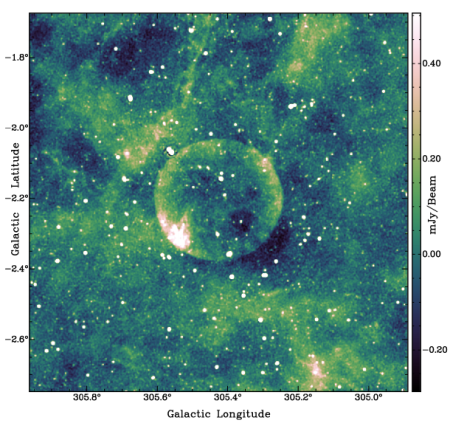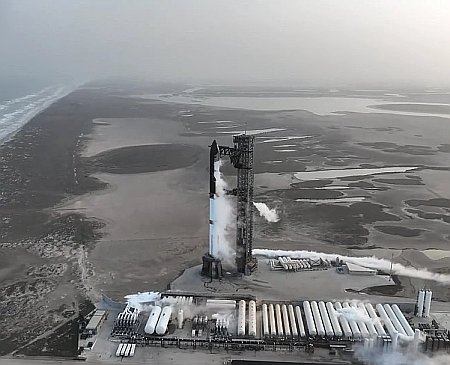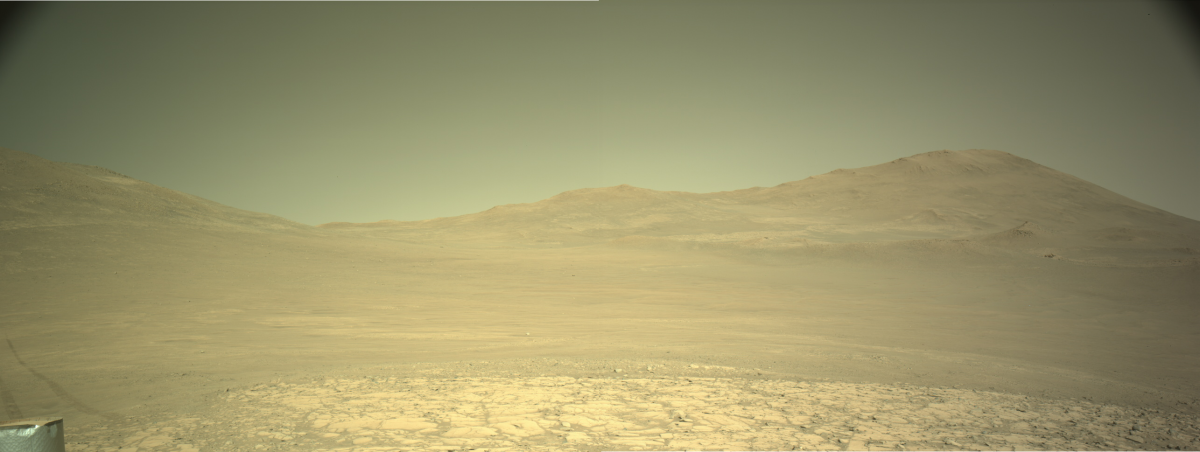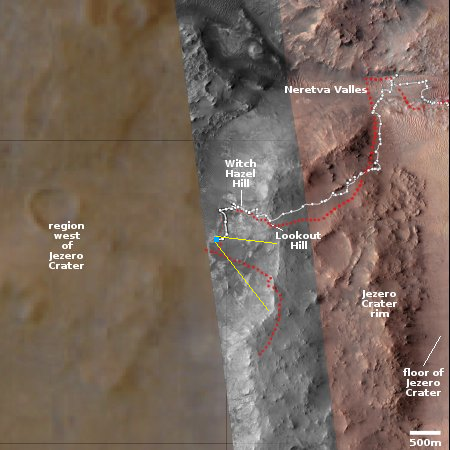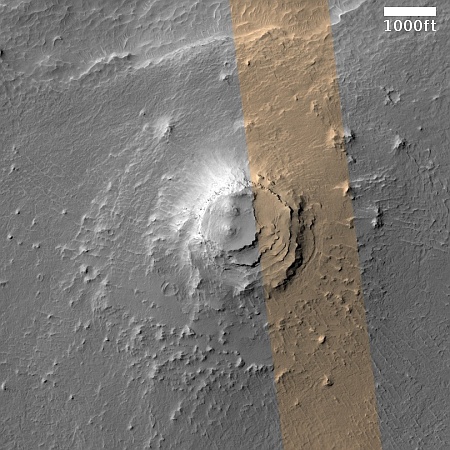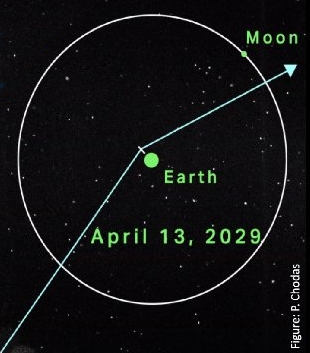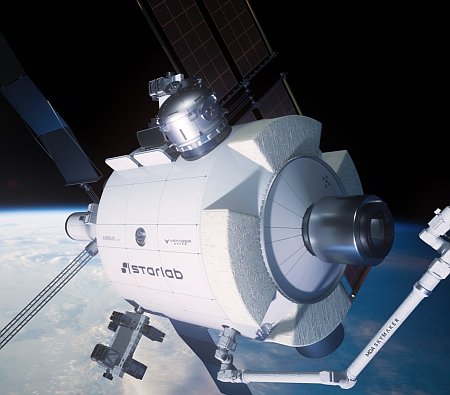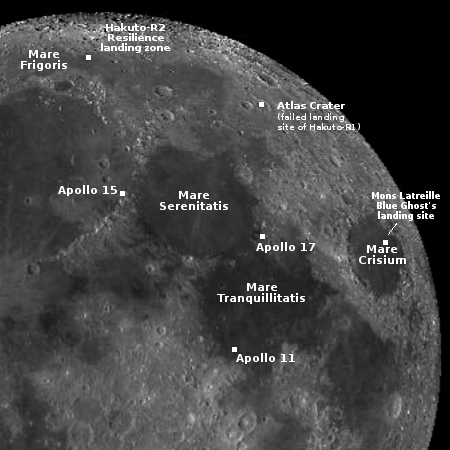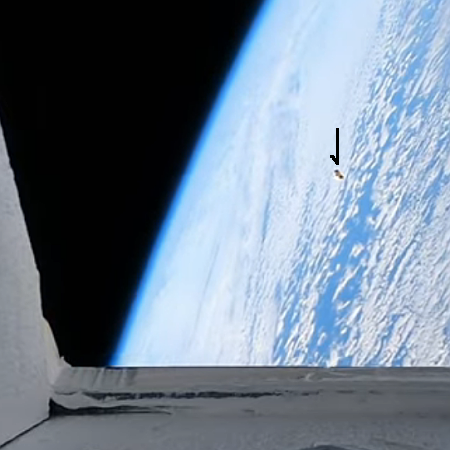Cargo Dragon splashes down and is recovered successfully
A SpaceX cargo Dragon capsule was recovered successfully earlier today after it splashed down off the coast of California.
The spacecraft carried back to Earth about 6,700 pounds of supplies and scientific experiments designed to take advantage of the space station’s microgravity environment after undocking at 12:05 p.m., May 23, from the zenith port of the space station’s Harmony module.
Some of the scientific hardware and samples Dragon will return to Earth include MISSE-20 (Multipurpose International Space Station Experiment), which exposed various materials to space, including radiation shielding and detection materials, solar sails and reflective coatings, ceramic composites for reentry spacecraft studies, and resins for potential use in heat shields. Samples were retrieved on the exterior of the station and can improve knowledge of how these materials respond to ultraviolet radiation, atomic oxygen, charged particles, thermal cycling, and other factors.
Other cargo returned included a robot hand that tested its grasping and handling capabilities in weightlessness, as well as other experiments.
The capsule itself spent three months in orbit after launching at the end of April.
A SpaceX cargo Dragon capsule was recovered successfully earlier today after it splashed down off the coast of California.
The spacecraft carried back to Earth about 6,700 pounds of supplies and scientific experiments designed to take advantage of the space station’s microgravity environment after undocking at 12:05 p.m., May 23, from the zenith port of the space station’s Harmony module.
Some of the scientific hardware and samples Dragon will return to Earth include MISSE-20 (Multipurpose International Space Station Experiment), which exposed various materials to space, including radiation shielding and detection materials, solar sails and reflective coatings, ceramic composites for reentry spacecraft studies, and resins for potential use in heat shields. Samples were retrieved on the exterior of the station and can improve knowledge of how these materials respond to ultraviolet radiation, atomic oxygen, charged particles, thermal cycling, and other factors.
Other cargo returned included a robot hand that tested its grasping and handling capabilities in weightlessness, as well as other experiments.
The capsule itself spent three months in orbit after launching at the end of April.

